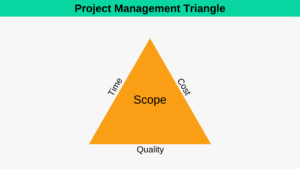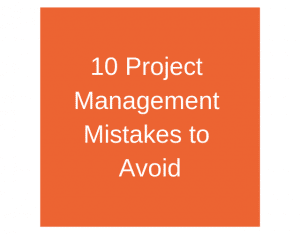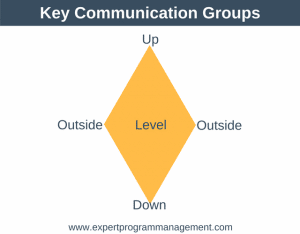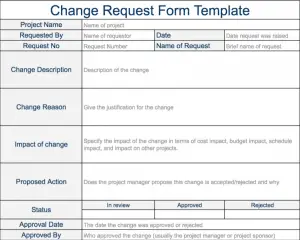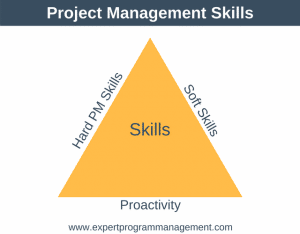If you want to understand Lean Manufacturing you’re going to need to understand the difference between push and pull systems. First, let’s define each of these terms:
- Push System: is a system in which we produce goods based on our best projections of what the market wants. Essentially the production of goods is scheduled and based on a plan with deadlines. We then push these goods to the market.
- Pull System: is a system in which the production of goods is initiated by the person or organization who consumes that good.

Probably the easiest way to understand the difference between push and pull systems is by means of an example. Let’s look at an example of supplier of replacement car seat-belts.
In a push system the manufacturer estimates the demand for replacement seat-belts and then creates a plan to manufacture those seat-belts over a period of time. Once replacement seat-belts start to roll off the production line they are packaged into boxes (for the purposes of this example, let’s assume 100 replacement seat-belts per box) and sent to distributors in priority order of where it is anticipated the highest demand will be.
These distributors then send the replacement seat-belts to the car dealerships who hold several in stock, so that when a customer comes in requiring a replacement seat-belt they are able to replace it within a short period of time and the customer is happy.
The problem with this system is that it creates inventory throughout the system – at the manufacturer, at the distributor, and at the car dealership. This can create problems. Suppose for example, a fault was identified in the replacement seat-belts rendering them unsafe. They would all obviously need to be discarded, and the seat-belts held at all points in the system would need to be written off. Given this, it is better to have as little inventory in the system as possible but still keep our customer happy (aka as little waste as possible).
Now let’s examine a pull system for the production of seat-belts. In a pull system the car dealership holds one replacement seat-belt set. When a customer comes in to obtain a replacement seat-belt, their request can be satisfied in the same time as in the previous example, resulting in an equally happy customer.
Once the seat-belt has been used at the dealership this results in an immediate a pull signal being sent to the distributor that the dealership needs one more seat-belt set, which in turn signals a pull signal to the manufacturer to produce on more replacement seat-belt.
If you imagine scaling this up so lots of dealerships locally are sending pull signals to the distributor, who in turn is aggregating these and sending larger pull signals to the manufacturer, then a very lean system, with minimal inventory in the system is created.
This pull system obviously has cost advantages for everyone in the supply chain as investment in inventory is never made in the hope that the demand exists. If the replacement seat-belts were to be rendered unsafe, then far less assets would need to be written off than with a push system, as there is less waste throughout the system.
Conclusion
In push systems inventory is pushed from manufacturer to consumer, whereas in pull systems inventory is pulled by the consumer of that inventory when they need it. In Lean Manufacturing, pull systems are used to avoid excess inventory and allow us to much more readily cope with changes that need to be made to that inventory.
